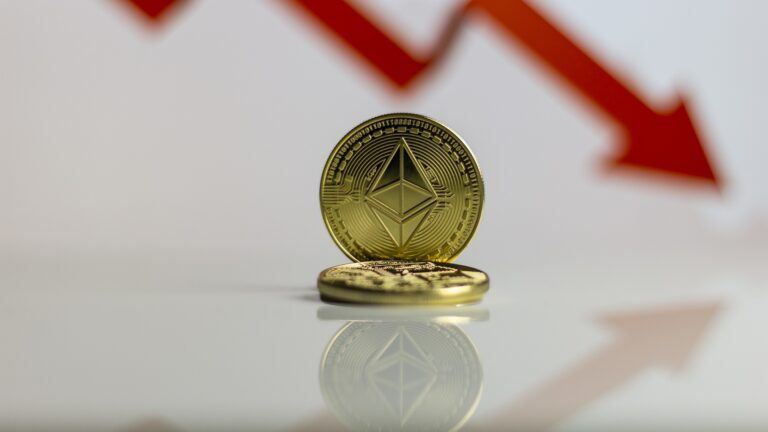In September 2021, thousands of deposit addresses from popular cryptocurrency exchange KuCoin sent tens of millions of dollars’ worth of Ethereum’s native token $ETH to a burn address, also known as a null address, for unclear reasons.
The unusual event, which spanned over three days starting on September 7, involved over 3,500 transactions of Tether’s $USDT stablecoin and ETH, according to information first spotted by Coinbase Director Conor Grogan, who pointed it out using Arkham Intelligence data.
A token burn refers to the process of sending it to an address from which they can’t be recovered, effectively removing them from circulation. In Ethereum’s case, this is referred to as the null address.
Although it’s common for tokens to be burnt as a part of token economic models, it is unusual for such a large quantity of ETH to be burnt in a short period of time without an explicit reason behind the move.
In Grogan’s tweet, he theorized that there might have been a one-off agreement with Bitfinex, another cryptocurrency exchange and the primary operator of USDT, to redeem the USDT. It’s worth noting that back in 2021, Ethereum underwent an upgrade known as EIP-1559, which introduced a mechanism to burn a portion of the gas fees with each transaction.
The upgrade, coupled with the recent Merge that saw Ethereum become a Proof-of-Stake network, has seen the total supply of Ethereum drop over the transaction fees being burned.
Also read: How to Transfer From Coinbase to KuCoin
The supply of Ethereum dropped by about $275 million, or 143,000 ETH, which were destroyed in May 2023 after 56,680 tokens were issued, and 199,670 were burned. This resulted in a negative supply growth of 1.46%, showing that Ethereum is becoming deflationary, which some believe could help boost the cryptocurrency’s price in the future if demand rises.
As reported VanEck, a global asset manager, predicted that Ethereum could reach $11.800 by 2030 based on a valuation model that accounts for its recent hard fork and its competition with US T-bills.
The model estimates Ethereum’s revenues, cash flows, and multiples using various assumptions and scenarios. The model also recognizes Ethereum’s role as a store-of-value asset and a global settlement network for smart contract platforms.
Image Credit
Featured Image via Unsplash









